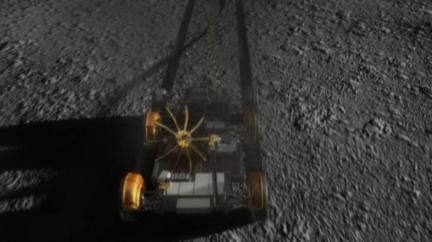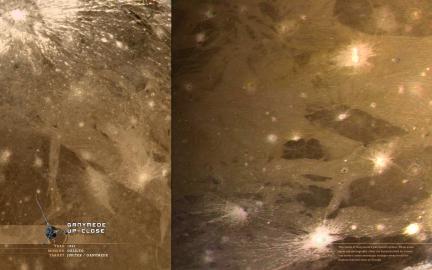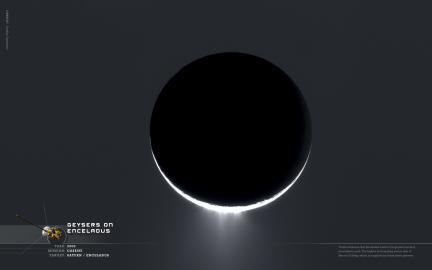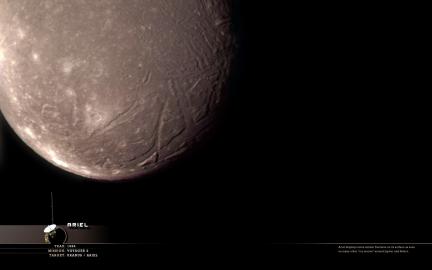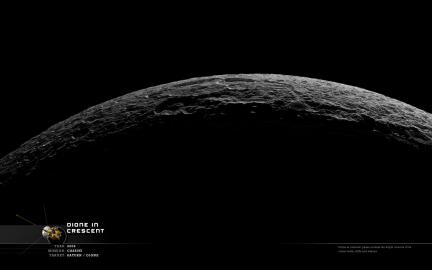 The coming Mars Science Lab mission video is available with various resolution options here (they are also downloadble!). This animation doesn’t focus as much on the trip to Mars as the MAAS ones have in the past, I would imagine that NASA wanted to highlight all the advanced science this mission will be performing instead of focusing on the long cruise to get there.
The coming Mars Science Lab mission video is available with various resolution options here (they are also downloadble!). This animation doesn’t focus as much on the trip to Mars as the MAAS ones have in the past, I would imagine that NASA wanted to highlight all the advanced science this mission will be performing instead of focusing on the long cruise to get there.
Take a look especially at the part of the mission where apparently they actually shoot a laser beam at various targets and take measurements of, what I would imagine, are the gasses emitted from such a burn. It also illustrates the process by which MSL will be taking soil and rock samples for in-depth investigations. This mission is exactly what it claims to be… a roving Science Lab on Mars. This is as close to having astronauts on the surface as our current technology can allow… that is… without actually sending someone… which our current technology does allow.
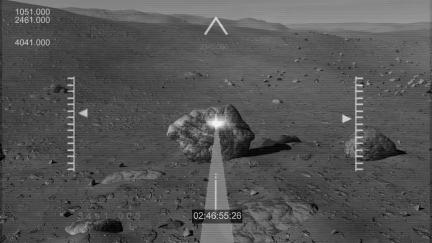
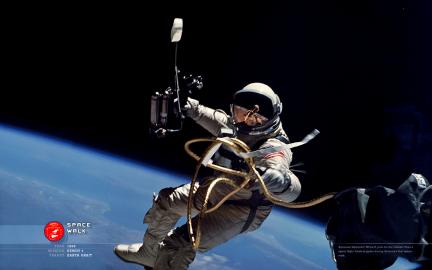
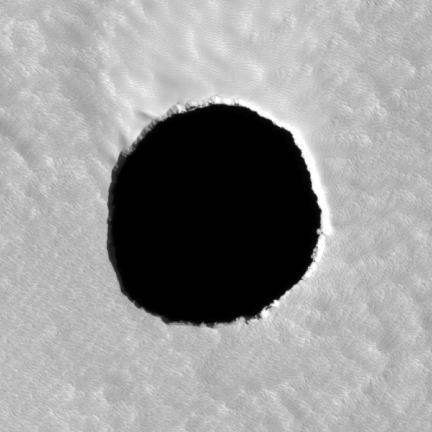

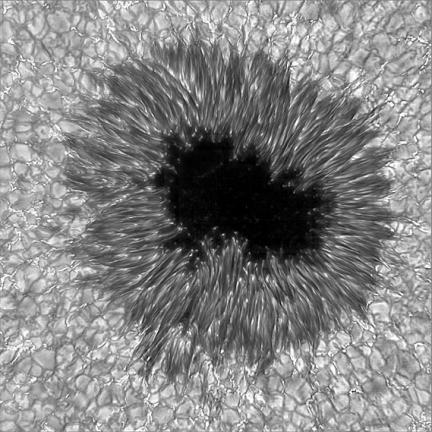

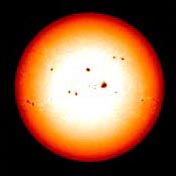 It has a much lower temperature than its surrounding areas and emits a tremendous amount of magnetic activity. Of course, any imaging the Sun in normal visible light with no photographic trickery would result in an entirely white image with no details at all. So the funny thing about these “dark spots” (see visible/white light image at left) is that they are actually blindingly bright to a human eye. It is only when we image these areas in comparitive contrast with the surrounding hotter areas do they appear as dark in photographs. These mysterious spots seem to also appear in abundance in 11 year cycles which also eludes any scientific explanation.
It has a much lower temperature than its surrounding areas and emits a tremendous amount of magnetic activity. Of course, any imaging the Sun in normal visible light with no photographic trickery would result in an entirely white image with no details at all. So the funny thing about these “dark spots” (see visible/white light image at left) is that they are actually blindingly bright to a human eye. It is only when we image these areas in comparitive contrast with the surrounding hotter areas do they appear as dark in photographs. These mysterious spots seem to also appear in abundance in 11 year cycles which also eludes any scientific explanation.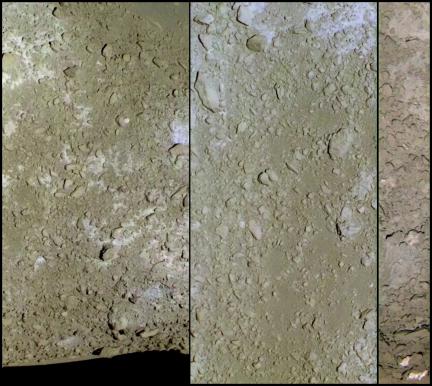
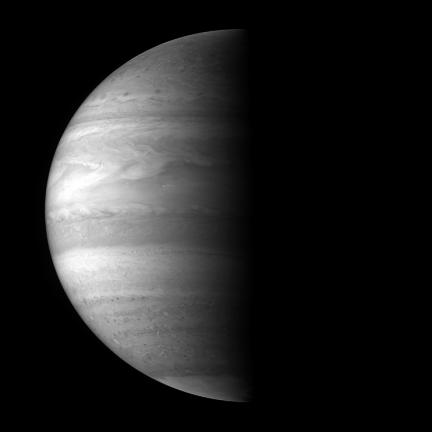
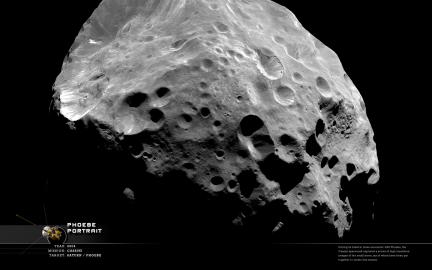


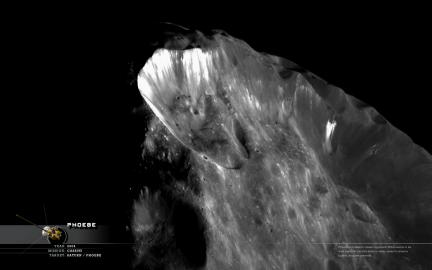


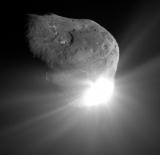 A proposal to extend the mission into Stardust-NExT suggests the spacecraft be sent on a trajectory to encounter comet
A proposal to extend the mission into Stardust-NExT suggests the spacecraft be sent on a trajectory to encounter comet 